Content:
If a summer resident wants to decorate his garden, planting jasmine is a good idea. This plant has many beneficial properties and has a wonderful aroma. Having heard how jasmine smells, it is impossible to confuse the scent with something. A subtle and delicate smell will spread throughout the courtyard or room. But in a small room, this scent can cause headaches.
Jasmine: description
The evergreen jasmine shrub is a plant that belongs to the family of olive species. It is easy to distinguish it from others by the following features:
- the trunk is curly or straight, has a smooth stem;
- leaves are trifoliate, simple in shape, dark green in color;
- buds are collected in lateral or apical shields.
The warm belt of the planet and the subtropics are natural places where jasmine grows, but it also feels fine in central Russia. Various reference books provide the following description of jasmine:
- the height of the bush varies from 0.1 to 4 m for different varieties;
- the buds have special tubes with threads from where the berries grow, but their use for food is strictly prohibited;
- flowers are white, pink, cream.
Varieties and their names
There are about 160 varieties, but only a few types belong to garden and indoor options. The following hybrids are popular:
- Crown jasmine is a shrub about 3 m high. It has creamy or white flowers that give off a pungent odor.
- Small-leaved type - its double flower has a delicate aroma. The size of the plant ranges from 0.8-1.5 m.
- A fluffy species that scientists often attribute to a tree rather than a shrub. This plant is about 3.5-4 m high. Its buds are creamy in color, with a delicate odor.
On the basis of crossing these plants, many different jasmine hybrids were obtained, for example: Sambac, Efironos, etc. There are medicinal, Chinese, Indian, Arabian, flattened and indoor species. Most of them have a height within 1-3 m, but there are also dwarf species ranging in size from 0.1 to 0.3 m. Their flowering color is either white or cream.
The soil
Jasmine grows on fertile, slightly acidified soil, in which there is no excess moisture. Russian gardeners can make the necessary soil from leaf and garden soil, peat and humus taken in equal proportions. If a Kolomna plant hybrid is planted, then in the first year it is given top dressing in the form of liquid manure.
Reproduction
Jasmine propagation is done by cuttings, layering, separation of bushes, seeds. Most farmers prefer the first method. Before planting, the soil is loosened, a hole is dug 0.5 m deep, and nitrophosphate is poured into it.
Jasmine care:
- loosen the soil and feed the hybrid 2 times in the summer;
- watering is carried out using 30 liters of water per 1 bush;
- mulch with peat;
- remove wilted flowers and leaves;
- the plant is thinned and pruned annually.
If grass grows around the bush, it is recommended to weed it once every 15 days.
It is better to fertilize with organic fertilizers. To do this, in a garden bucket, dilute manure with water in a ratio of 1 to 10. For one plant, you need about 15 kg of this mixture. It is poured under hybrids once every 3 weeks. If there are mineral fertilizers, then a solution is prepared from 30 g of superphosphate, 10 g of urea and 15 g of potassium sulfate. These components are diluted in 10 liters of water.
The shrub is pruned in early spring or after flowering.
Jasmine properties
The plant is used in medicine, cooking and cosmetology. It contains essential oil, salicylic, formic and benzoic acids. The properties of jasmine are as follows:
- its flowers and leaves disinfect wounds when crushed;
- a decoction from the plant improves lactation;
- a warm bath and tea made from it will relieve pain during menstruation;
- from the roots they make a medicine for headaches and insomnia;
- the oil squeezed out of its tissues is used in massage, helps to calm the nervous system;
- jasmine is used to treat hepatitis, hemorrhoids, liver cirrhosis, eye diseases, bronchial asthma, and some types of rheumatism.
Cosmetologists use the plant to care for sensitive and dry skin. Culinary experts prepare tonic tea from it.
How useful jasmine is, you can find out in special reference books. But it must be borne in mind that, together with the indicated properties, the plant has a contraindication for use, and can bring harm to a person.
Diseases and pests of culture
The smell of jasmine scares away most garden pests, but with drought or improper care, the following parasites appear on the bushes of the plant:
- garden aphid;
- spider mite;
- common scale insect.
You can destroy uninvited guests with the help of soapy water, potato tops or modern preparations that destroy these insects.
Jasmine disease
Darkening of the buds occurs when the air is too dry or hot, for example, on hot summer days. You can fix the problem by increasing the amount of watering.
Novice gardeners are often interested in why jasmine leaves curl, how to eliminate this phenomenon. This may be due to insufficient moisture. To eliminate the problem, it is recommended to increase the frequency of watering the bushes.
The leaves of the plant can curl due to excess sunlight. To overcome this, you need to arrange an artificial shade for the jasmine, for example, make a canopy over it.
If the plant does not bloom, then the soil is not suitable for it - it is too acidic or neutral. At the same time, the jasmine leaves begin to curl a little, and then they can fall off. Correct the position by transplanting a bush on a suitable ground.
Lack of lighting can be the reason for the lack of flowering. The foliage of the plant begins to curl up without light. This often happens with indoor jasmine on the windowsill, where the right amount of sunlight does not penetrate. To prevent twisting, you need to rearrange the bush in a more lighted place.
Root rot or mottling can be caused by rainy summers. To eliminate the problem, it is recommended to use special drugs. Other diseases rarely affect jasmine due to the plant's immunity to fungi and bacteria.
Useful information about the plant
Jasmine scent helps get rid of annoying insects in summer. If you plant several varieties of plants around the house, then their flowering will occur alternately. The bushes look good in landscape design against the background of lilacs. The jasmine-like type of this representative of the flora is recommended to be planted near gazebos or next to artificial reservoirs.
Any gardener who knows what jasmine is can plant it on his site. If you follow all the recommendations of specialists for the care of this plant, there is a chance to decorate your site with a fragrant and useful bush.
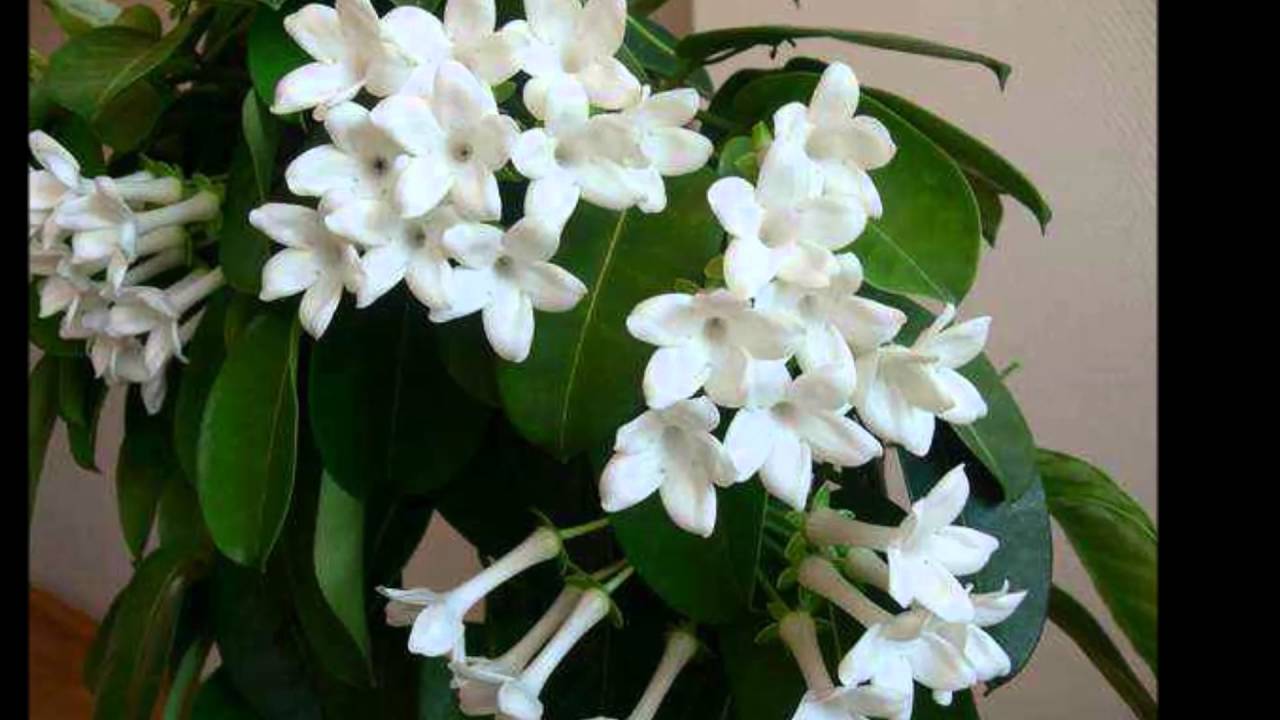
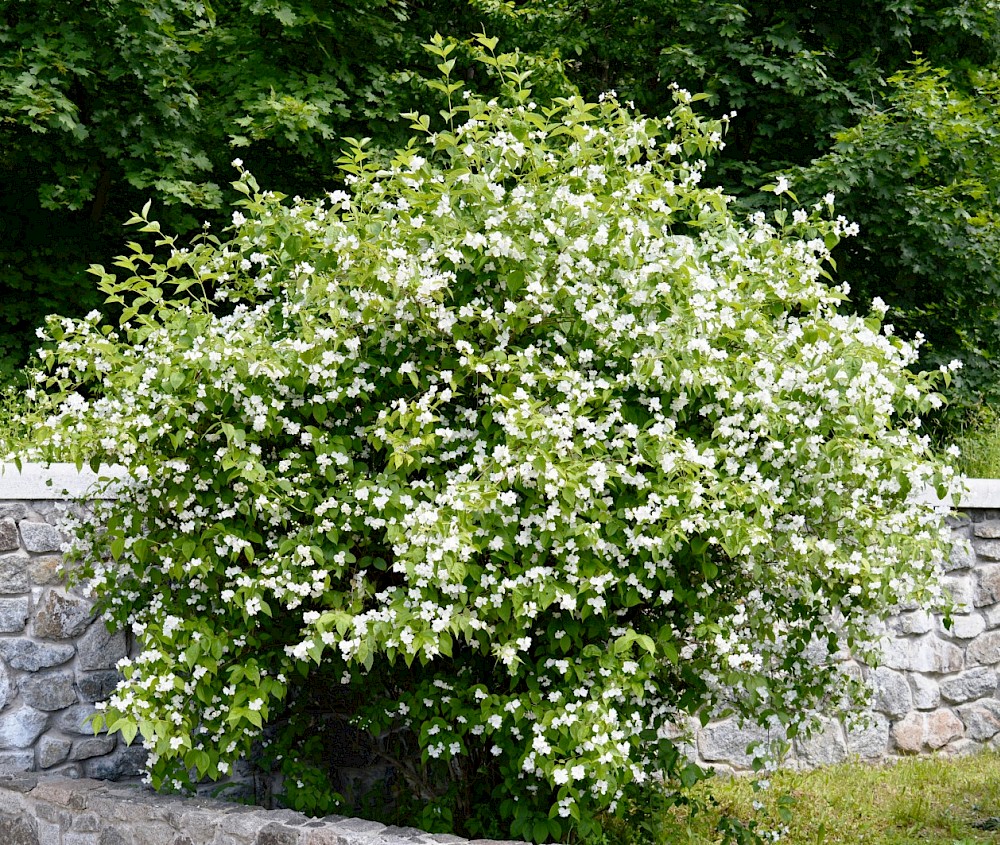
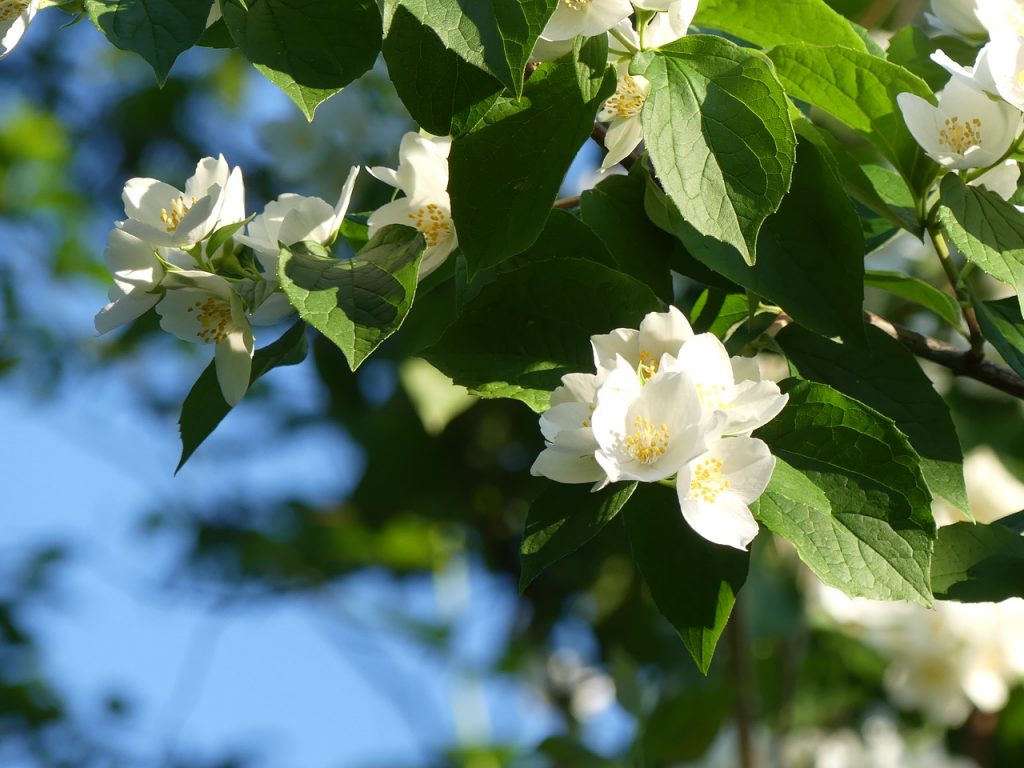
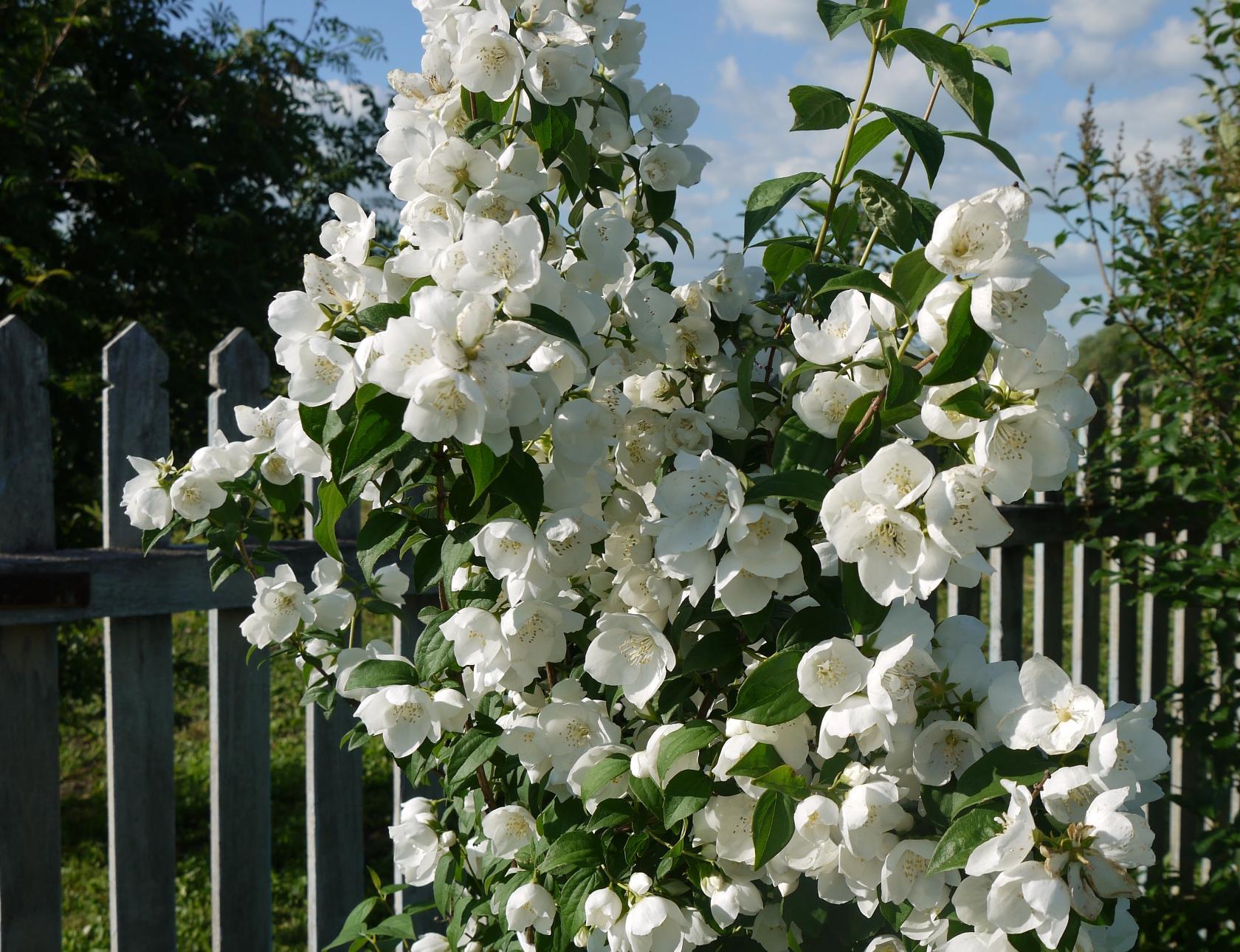
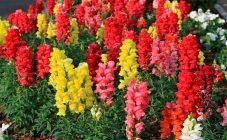

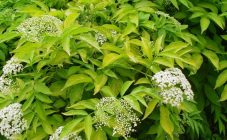
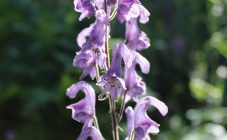
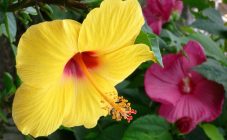
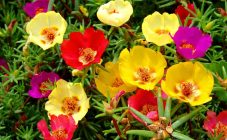







In your video, the Crown Chubushnik, and on Jasmine